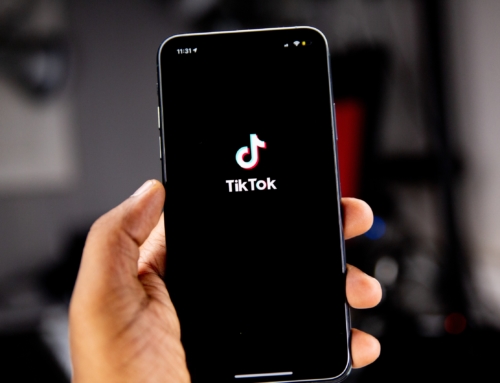 My favourite question. “One MILLLLLION dollars,” as the famous Doctor Evil would say. Alas, it is not that simple. How much should I spend online?
My favourite question. “One MILLLLLION dollars,” as the famous Doctor Evil would say. Alas, it is not that simple. How much should I spend online?
There are a lot of theories as to how much you should spend online and how big your marketing budget should be. A percentage of revenue, a percentage of profit or some other mathematical formula. It’s my belief that it’s not that easy, particularly when you’re dealing with a small business or a start-up.
With a start-up it’s impossible to calculate how much to spend based on revenue; there isn’t any yet! In a small business, investing 2% of total revenue could mean a figure so small that it would be meaningless, so you cannot apply the same rules.
In my opinion, it comes down to the function that each online platform is going to fulfill for you and how many sales you’re likely to get from it. Here’s 3.5 key factors to take into account when estimating your online budget.
1. What is the purpose of each channel?
Knowing exactly what each channel is going to do for you will help determine how much of your budget you should put towards it. If you are selling mostly on social media, then Facebook Advertising would be a good place to put your money. If you’re mostly eCommerce, then your website and Google AdWords would be a place to go. Selling consulting services? Then off to YouTube you go. It varies.
To give you a good idea on the sort of budget ranges you can expect, below is a brief list…
- Website: Development between $1,000 and $18,000 once off with $50 to $500 per month.
- SEO: Optimisation of a website can take up to six months and typically you’ll be paying at least $200 per month for the service. Prices can often get well above $2,000 per month.
- Google AdWords: A minimum of $1,000 per month is recommended, though you can use less. Cost Per Click acquisition can get expensive.
- Social Media Management: Depending on the number of platforms and the frequency you require, your budget should be between $200 and $3,000 per month.
- Social Media Advertising: This varies greatly but you will want at least $500 per month, ideally more like $2,000.
2. How do I sell?
This is a simple one. Do I sell online, or am I simply brand building? If the answer is selling online, then load your budget there. If not, then make sure that you have ample budget put aside based on the above figures to position your brand appropriately but don’t over capitalise.
3. Am I spending on development, consulting or media?
Know exactly what your money is going towards because the outcomes are wildly different. Investing in development will ultimately get a website or a piece of collateral that looks wonderful, but the money will feel like it’s going into a black hole, for perhaps longer than you might like.
Investing in consulting is great because you get someone else doing the hard work, heavy lifting and thinking for you. The catch here is, paying for consulting doesn’t guarantee results; it just guarantees someone else does it for you. Even if you’re paying for strategy development, you have to be responsible for the output, the implementation and ultimately, the results. A consultant can only do so much.
Spending money on advertising is great because it gets you tangible results and eyeballs quickly – but advertising on its own won’t make you money. You need to have a platform that can convert for you; a method of transacting and making money from what you’re selling. It’s not just about getting people seeing your advert.
The right mix of all three of these is vital online. A thorough understanding of what you are paying for and appropriately set expectations from there is vital.
3.5 Am I investing elsewhere?
Are you putting money into marketing elsewhere? If so, how much? Do you think that your offline investment is likely to transact more than your online? It’s difficult to know, but metrics and historic data will show you this.
Spreadsheets ahoy!
With all this in mind, clearly a spreadsheet budget at a minimum is required. Then setting your expectations and investing accordingly.
There is no crystal ball to what works, but using the above figures as a guide you should be able to set yourself a baseline to start from.







